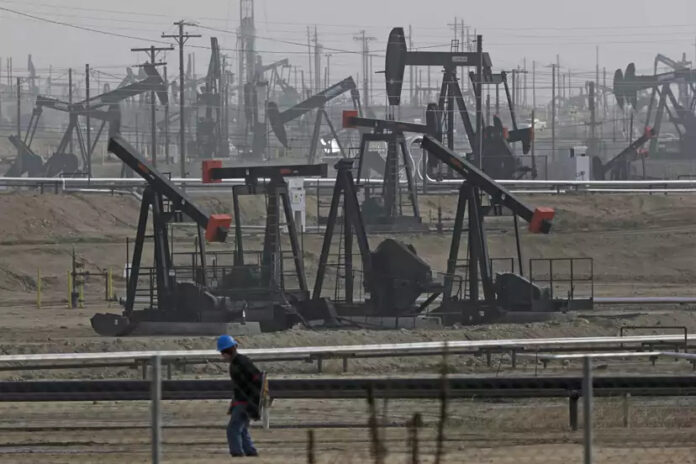(New York) The price of a barrel of West Texas Intermediate (WTI) closed Wednesday below US$70, a first in five months, on a market unable to find reason for a rebound, after a week of fall.
WTI for January delivery ended down 4.06%, at US$69.38, after falling during the session to US$69.11, its lowest level since the end of June.
Since the announcements by the Organization of the Petroleum Exporting Countries (OPEC) and its allies in the OPEC alliance on Thursday, the WTI remains on five consecutive sessions of decline and has dropped almost 9%.
Operators gave no credence to OPEC members’ promise of new combined cuts of 900,000 barrels per day, net, from next January to March.
“And I don’t think we’ll see anything else from them by the end of the year,” warned John Kilduff of Again Capital. “They’re out of ammo. »
In addition to doubts regarding the commitments made at the end of the OPEC ministerial meeting, “the fear is growing that the Saudis will open the floodgates”, out of spite and to avoid losing more market share.
The deterioration of the economy is also evident in the United States, where the private sector created only 103,000 jobs in November, according to the monthly survey by ADP, published on Wednesday.
This is less than the 106,000 job creations in October and significantly below economists’ projections, which were counting on 130,000.
For Craig Erlam, this bad figure further accentuated the decline in black gold.
Operators also saw in the weekly report from the American Energy Information Agency material to cause prices to bend.
While the headline figure showed a sharp drop of 4.6 million barrels in commercial oil reserves in the week ending December 1, analysts quickly opened the hood and found that it was optical illusion.
“The report was pretty bad,” overall, according to John Kilduff, who mainly noted “low demand for gasoline and rising stocks” of fuel.
The jump in gasoline reserves thus reached four times the 1.3 million barrels announced by analysts, to 5.4 million.















